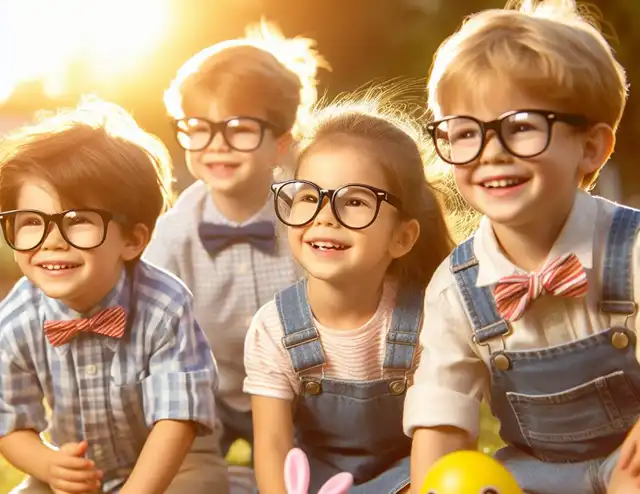Low-concentration atropine therapy reduces progression of myopia in children by 60%
- Normal Liver Cells Found to Promote Cancer Metastasis to the Liver
- Nearly 80% Complete Remission: Breakthrough in ADC Anti-Tumor Treatment
- Vaccination Against Common Diseases May Prevent Dementia!
- New Alzheimer’s Disease (AD) Diagnosis and Staging Criteria
- Breakthrough in Alzheimer’s Disease: New Nasal Spray Halts Cognitive Decline by Targeting Toxic Protein
- Can the Tap Water at the Paris Olympics be Drunk Directly?
Low-concentration atropine therapy reduces progression of myopia in children by 60%
- Should China be held legally responsible for the US’s $18 trillion COVID losses?
- CT Radiation Exposure Linked to Blood Cancer in Children and Adolescents
- FDA has mandated a top-level black box warning for all marketed CAR-T therapies
- Can people with high blood pressure eat peanuts?
- What is the difference between dopamine and dobutamine?
- How long can the patient live after heart stent surgery?
Low-concentration atropine therapy reduces progression of myopia in children by 60% – Creating a lifetime of clear vision
Important Note: The information provided is for informational purposes only and should not be considered as medical advice.
Prevention of myopia progression in children can be expected with orthokeratology, a treatment method. Special lenses are inserted while sleeping and removed in the morning.
This treatment method allows for a recovery of vision to the extent of being able to spend the day without glasses and is effective for mild to moderate myopia.
Another treatment method that has been gaining attention for suppressing the progression of myopia in children is low-concentration atropine therapy. This involves diluting eye drops called “atropine” by about 100 times and instilling them into the eyes.

The National Eye Center in Singapore reported in 2012 that instillation of low-concentration atropine eye drops has an effect of suppressing the elongation of the eyeball, which is the cause of myopia.
Subsequently, clinical studies have been conducted at seven universities in Japan, and there have been reports of reducing the progression of myopia by an average of 60%.
Originally, eye drops containing 1% atropine have been used for myopia treatment for a long time. However, there were side effects such as “discomfort from bright light due to pupil dilation,” “difficulty seeing things up close,” and “allergic reactions such as conjunctivitis.”
Therefore, low-concentration atropine eye drops, diluted by 100 times, were developed. It has been widely used in Japan as it has been demonstrated to have a suppressive effect on the progression of myopia while almost avoiding side effects, although it does not mean that side effects will not occur.
Low-concentration atropine therapy eye drops are instilled once a day, one drop before bedtime. This treatment is suitable for individuals aged approximately 6 to 17 with mild to moderate myopia (from -1D to -6D; undergo vision testing at a hospital).
It has been found that the combination with orthokeratology mentioned above further enhances the suppressive effect on the progression of myopia. Of course, either treatment alone has a suppressive effect, but I recommend the combination.
Myopia during the growth period progresses if left untreated. For mild to moderate myopia, it is considered beneficial to start the aforementioned treatment as early as possible and continue until adulthood (myopia tends to progress around 17-18 years old). It is the responsibility of parents to manage their child’s vision to prevent myopia progression until they are 18 years old.
Like orthokeratology, low-concentration atropine therapy is not covered by insurance in some country, but the price is high.
One bottle is used up in one month. Low-concentration atropine therapy does not mean that myopia will become emmetropia (normal vision). It is a treatment method to prevent the progression of current myopia.
The simple flow until starting low-concentration atropine therapy is to first examine and consult on your child’s vision and eye condition, and if there are no problems, a one-month prescription will be given.
Please visit again after one month for examination, and if there are no problems, the treatment will continue. After that, regular check-ups every three months will be necessary.
Low-concentration atropine therapy reduces progression of myopia in children by 60%
(source:internet, reference only)
Disclaimer of medicaltrend.org
Important Note: The information provided is for informational purposes only and should not be considered as medical advice.



